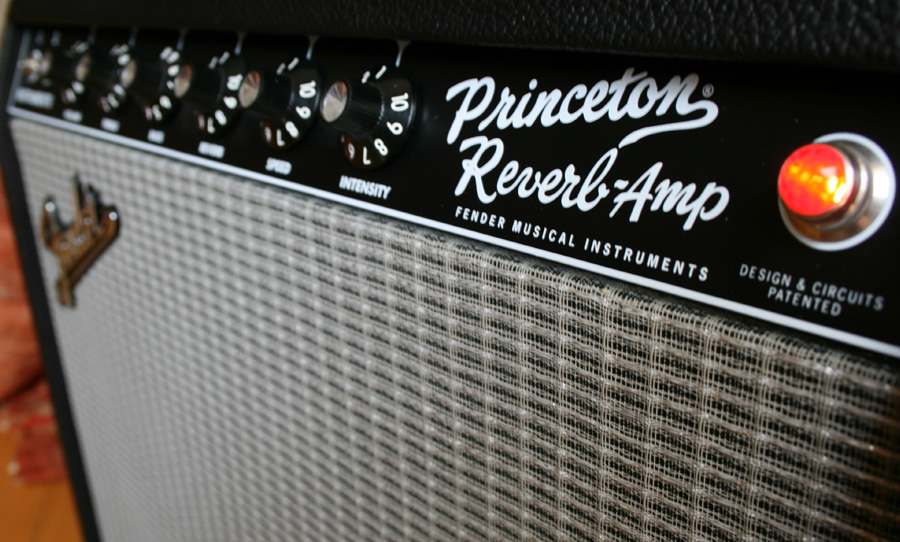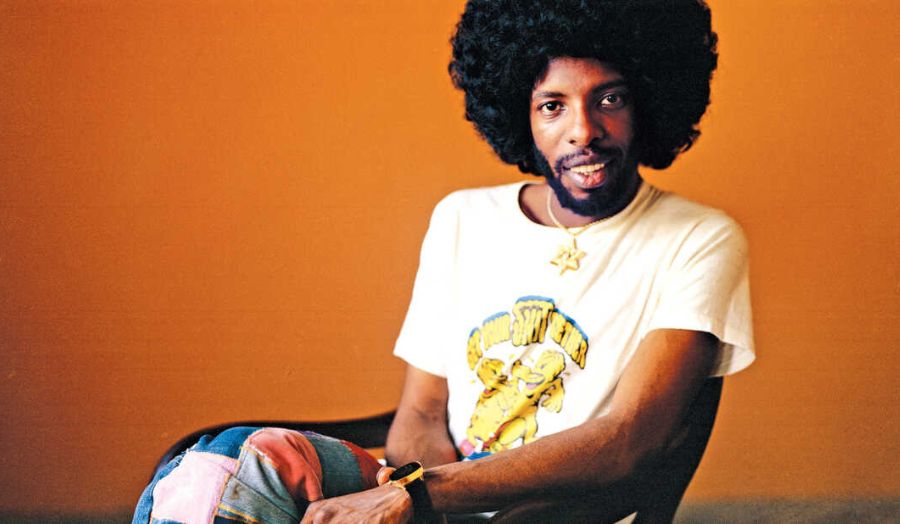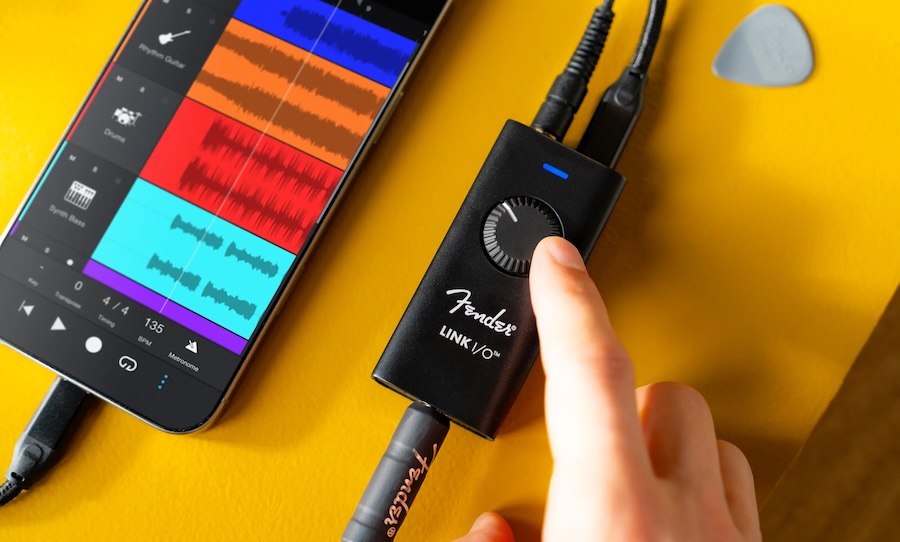Reverb is pivotal in how we hear sounds and record music. Here’s a snapshot of how the effect has developed throughout the decades.
Reverb has become such a necessary effect to use in a mix. It’s so easy to open Pro Tools, load up your favourite plugin and start dialling in the perfect space for your mix. Even if you’re winding away and don’t like what you hear, you can just load up something else. But what has it taken to get to the trusty computer programs we love to use today?
We all know what reverb does, everyone has heard the sound of a heavy item dropping from someone’s hand in a big space. Or when someone sneezes in the museum. Musicians, engineers, and researchers all asked, “How can I synthesize and control that sound?” Thus, the idea of the standalone reverb unit was born — and they came in all sizes and flavours. Reverb would revolutionise music more than once in the second half of the 20th century, so let’s check out some of the key players.

Spring Reverb
The first hardware reverb was developed by Hammond Organ Company for use in their products. They made it onto the market in the 1940s, their most successful being the Type 4. The ever-innovative and commercially-minded Fender jumped on this technology and was one of the first to be licensed to use the product. It is the spring reverb that has helped create the sound of the ’60s.
Created by using literal springs in a small compartment, fitting neatly inside the speaker cabinet of early Fenders. A transducer is placed at one end of the spring and sent down the metal, to a pickup on the other side. It was a super-soaking sound that was key to the surf-garage rock of the ’60s, making it onto records from the west coast US artists like Dick Dale, to the east coast of Australia with the likes of The Atlantics.
EMT 140 Plate Reverb
Built by EMT, and released in the 1950s, it was developed as an alternative to springs to achieve reverb. This device was monstrous, compared to that of a pool table turned vertically. It was more malleable, softer sounding, and offered a better sense of space than spring. However, because its size was impractical to transport from place to place, it found a home in large studios.
They often used amplifiers to drive sound and employed moving mechanical parts that allowed for the control of decay and tone. Plate reverb made its way onto countless records for studios who could afford it, even making it as far as onto Pink Floyd‘s Dark Side of the Moon.
Lexicon 224 Digital Reverberator
Many years passed of using plates, springs, and chambers to get the lush sounds that everyone loves. The 1970s came along and all of a sudden the dark ages had returned: reverb was out and dry, crispy sounds were in. If reverb it was used modestly, mainly on vocals, and delay effects were on the rise.
Then in 1978, as if the prodigal child had come down from the gates of Avalon to gift us, the Lexicon 224 Digital Reverberator came along. Firstly, this device was very far from a joke — it was extremely expensive, fetching about $7500 in 1978, which would be around $30,000 today. Even then, that was half the price of the first digital reverb, the EMT 250. Lexicon came onto the scene and set a standard of outboard units expected in high-end studios.
Proposed to Lexicon by a physicist by the name of Dr. David Griesinger, the company brought on the good doctor to help refine the product. It had two inputs and four outputs, populating a 4RU unit — but the gamechanger was the remote control, which made for easy access, and was small enough to be perched right in the middle of the console. It used a 12-bit converter but ran it so efficiently, you could mistake it for 16. Notable works include Talking Heads‘ Remain in Light and The Unforgettable Fire by U2.
https://www.youtube.com/watch?v=Y8xdsZhfrcA
Eventide SP 2016
Eventide already had a formidable reputation by the time the SP 2016 arrived. From modulation to dynamics processing, created some early favourites like the phaser used on Kashmir. Enter the SP 2016, which made its way onto the market in 1982 as a true 16-bit alternative to the likes of Lexicon’s 224, among others.
It looked quite primitive by modern standards, being 3RU and having vertical faders to adjust parameters, but it was anything but. It was the first digital effect to incorporate ‘plugins’. Literally. The hood was removable and provided access to what they called ROMs. There were up to 11 of these computer chips that you could literally just, plug in. From more rooms to different styles of plate sounds, and myriad other ways to expand the processing.
Lexicon 480L Digital Effects System
Released in the late ’80s, and became the new standard in reverb units after the success of the 224. The Lexicon 480L Digital Effects System would become known as the pinnacle of reverb suits. It is largely undefeated and still used in so many studios around the world for its innovative ease of use and its incredible sound. At 44.1/48kHz and 18 bit, it provided greater quality than others on the market at the time.
With a dynamic range of 98dB on the wet side of the effects, its two processors don’t just sound good, its computing power is capable of multi-FX. It also features an updated version of the LARC remote control, which also had possibilities to be connected to other Lexicon digital effects and controlled by the one LARC. Cascading it with other Lexicon units was also common, to broaden the possibilities of sounds. Check out the video below to see an A/B of the hardware and a leading plug-in.
Yamaha REV100 Digital Reverberator
In the early ’90s, CDs were the clear winner in audio fidelity, multi-dimensional mixing was being pushed to new limits. It was also when Japanese electronics were dominating and it was only time before a company like Yamaha would come out with reverb like the REV100. Released in 1994, Yamaha offered an affordable option to people with low budgets, but it didn’t compromise on robustness, sound quality, or processing power.
The affordability and power of this unit allowed small-scale studios to buy more than one. This gave an edge to smaller players and helped give rise to the bedroom studio. It had 99 presets, three simple controls to dial in delay, decay, and level, as well as a wet/dry mix — no nasty button mashing to cycle through to the right sounds. It also featured a stereo in, for those who wanted to add a verb to a stereo source like keyboards.
Bricasti Design M7 Stereo Reverb Processor
At the dawn of the new century, large studios found themselves with less work, with the advent of the internet and bedroom producers. The large-scale recording studio began its slow decay, with prized items being sold off, as well the premises themselves. Outboard effects makers started to put the brakes on production and began reissuing old classics.
The world needed a reverb with the DSP to match the times. Bricasti answered with the M7 Stereo Reverb Processor, with 24-Bit quantization, 192kHz sampling rate, 116 dB dynamic range, AES input and outputs as well as analog stereo input and output, MIDI, and a remote.
Also featuring a 1RU stainless steel chassis, switching digital power supply, and more than 200 unique reverb presets. It boasts a new reverb algorithm providing a new set of sounds, as well as incorporating classic sounds. It has become the standard for front-of-house mixing engineers around the world, as well as a modern alternative in the studio.
https://www.youtube.com/watch?v=uKocLyc89aI


